AARP Hearing Center

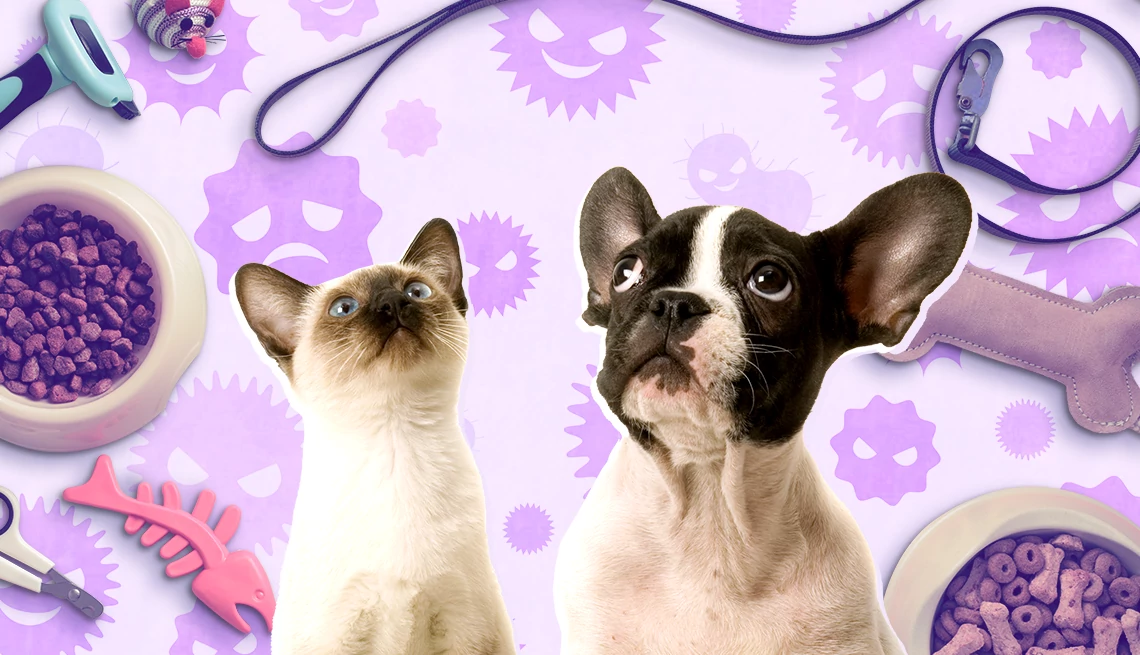
You toss your sheets in the washer, run your dishes through the dishwasher and scrub the toilet, but when was the last time you laundered the dog bed, washed your pets’ food and water bowls and disinfected the cat litter box?
You need to do just that — and now. Why? Just like your shoes can bring in dirt from the outside, so can your pets’ paws. Not to mention how they can move from chewing on an old toy outside (or worse) to chewing on the edge of their bed inside. It’s all just a little … gross.
And all those germs can be potentially harmful for older adults who are at higher risk for the health conditions that come with being exposed to germs and bacteria. Dogs can be harborers of E. coli, according to a 2023 study published in the journal Antibiotics. And a 2023 study in the journal BMC Infectious Diseases looked at nearly 20,000 people over the age of 60 who were infected with E. coli between 2015 and 2020. The vast majority of them were hospitalized for about seven days, and a third were put in the intensive care unit.
Here are seven pet items you need to wash stat — and how to do it right.

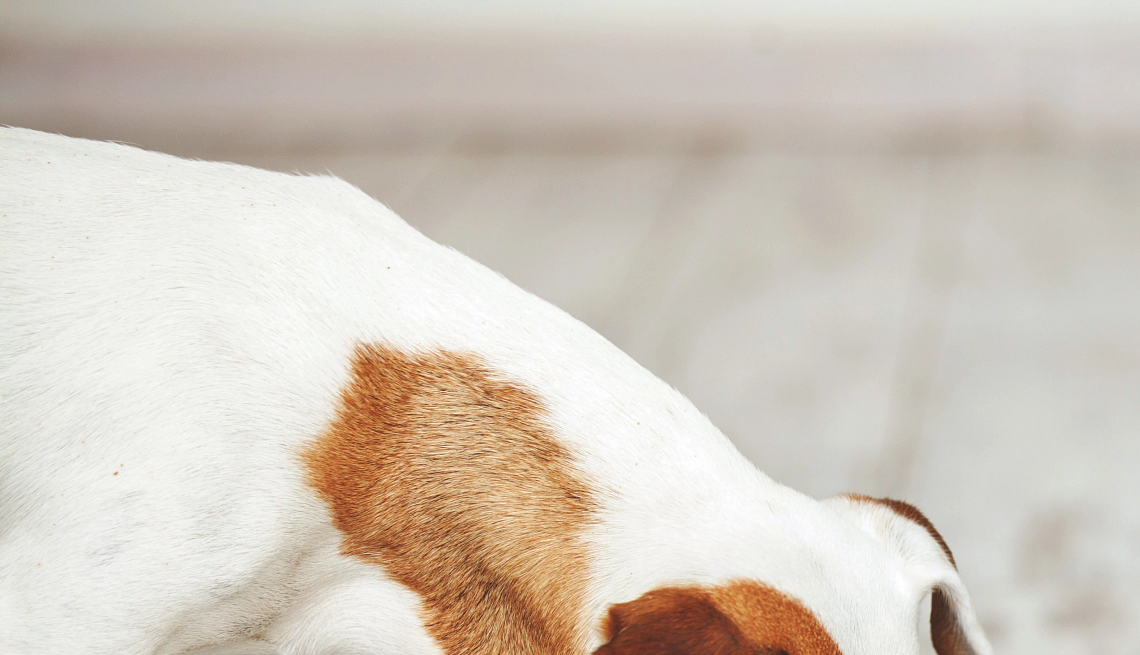
Food bowls. You wouldn’t eat dinner out of a dirty bowl, but your pets might be doing it daily. Research shows that only 12 percent of pet owners wash their pets’ food bowls daily, while 18 percent wash them less than once every three months — or not at all.
The U.S. Food and Drug Administration recommends washing pet food bowls and the measuring cups or spoons used to portion pet food with soap and hot water after every use. Feeding your pet wet food in a metal bowl was linked to higher bacteria counts than feeding kibble in a plastic bowl, but all bowls should be washed after each meal.
No time for scrubbing bowls in the sink? Running them through the dishwasher will effectively remove bacteria.

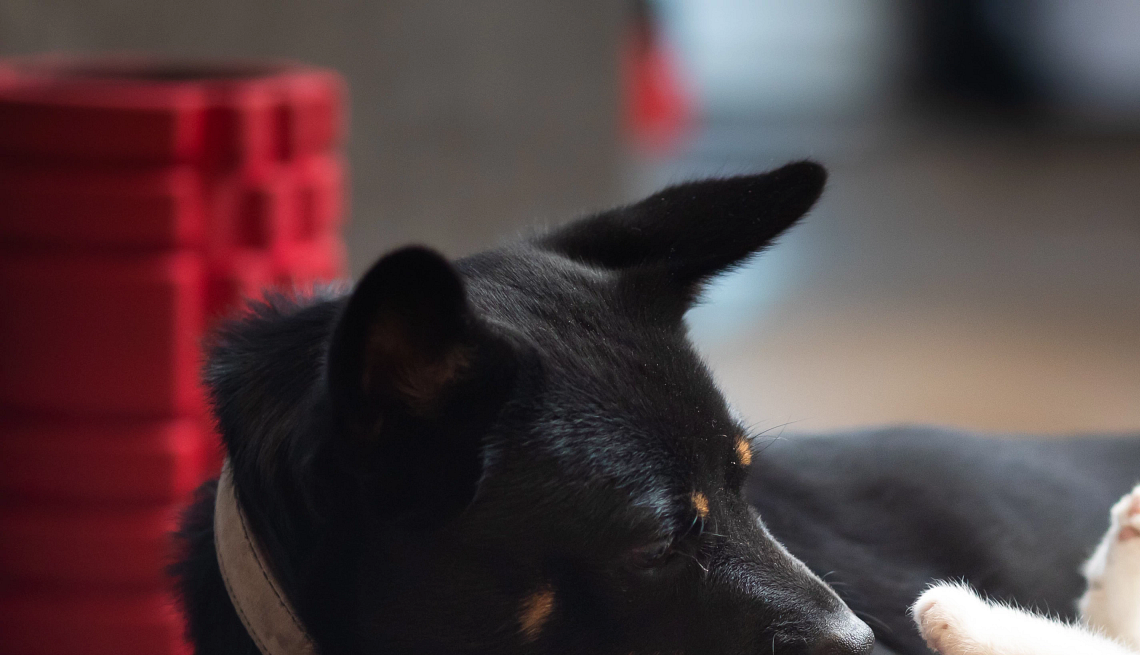
Pet beds. Exploring hiking trails, sniffing around the yard and even hiding under the bed brings your pets in contact with multiple kinds of bacteria, fungi, mites, fleas, ticks and other unwelcome bedfellows.
To keep their bed from becoming a hot spot for germs and parasites, Jacqueline Brister, veterinarian with Embrace Pet Insurance, recommends washing pet beds in hot water with detergent at least twice a month to kill parasites, bacteria and odors.
And if your pet has a mild illness — including upper respiratory tract infections or skin, eye or ear infections — Brister suggests laundering beds weekly. Pets with contagious issues like ringworm or severe flea infestations should have their beds washed every other day.
“It won’t completely get rid of ringworm or the fleas (or their eggs and larvae), but it can help cut down on how much your pet (and you!) are re-exposed to,” she adds.

































































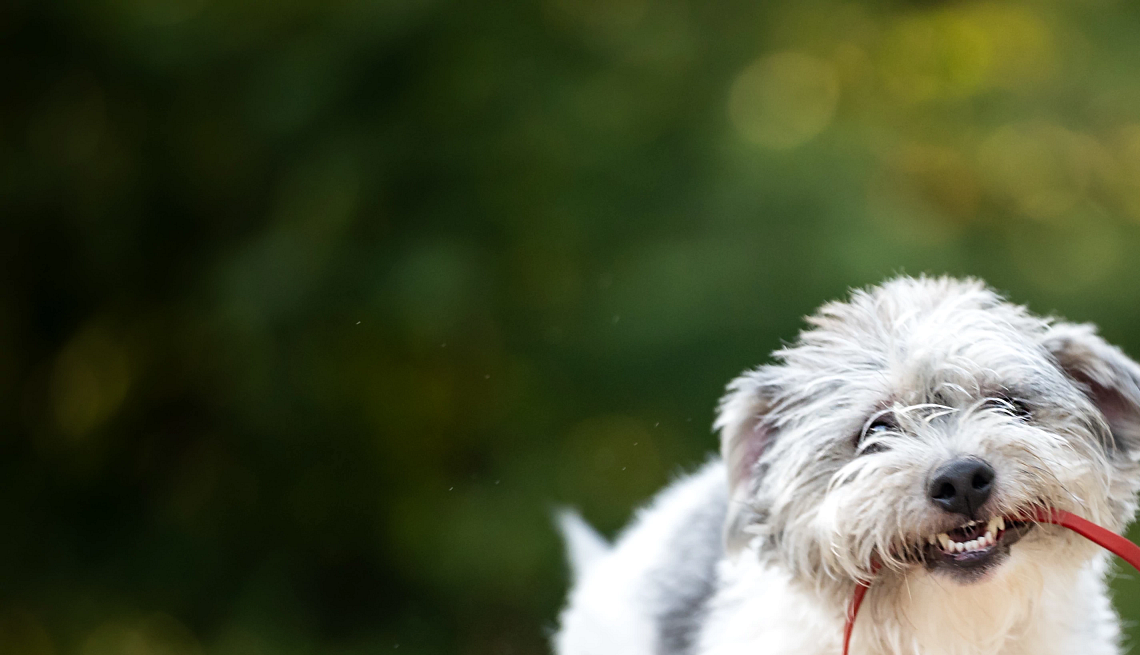
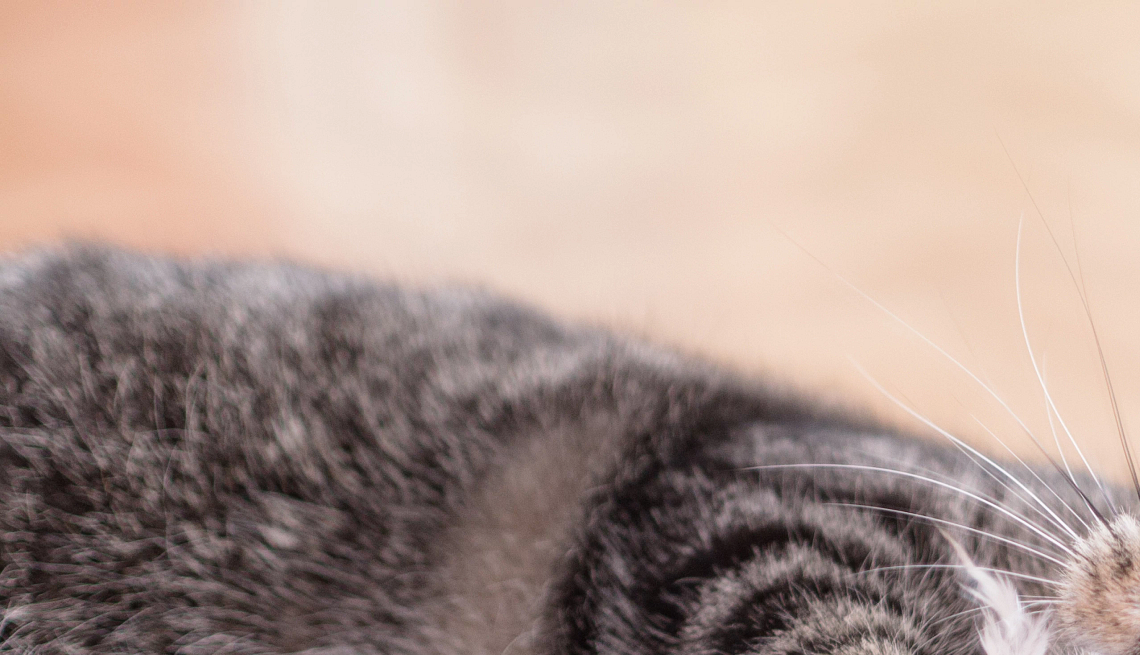
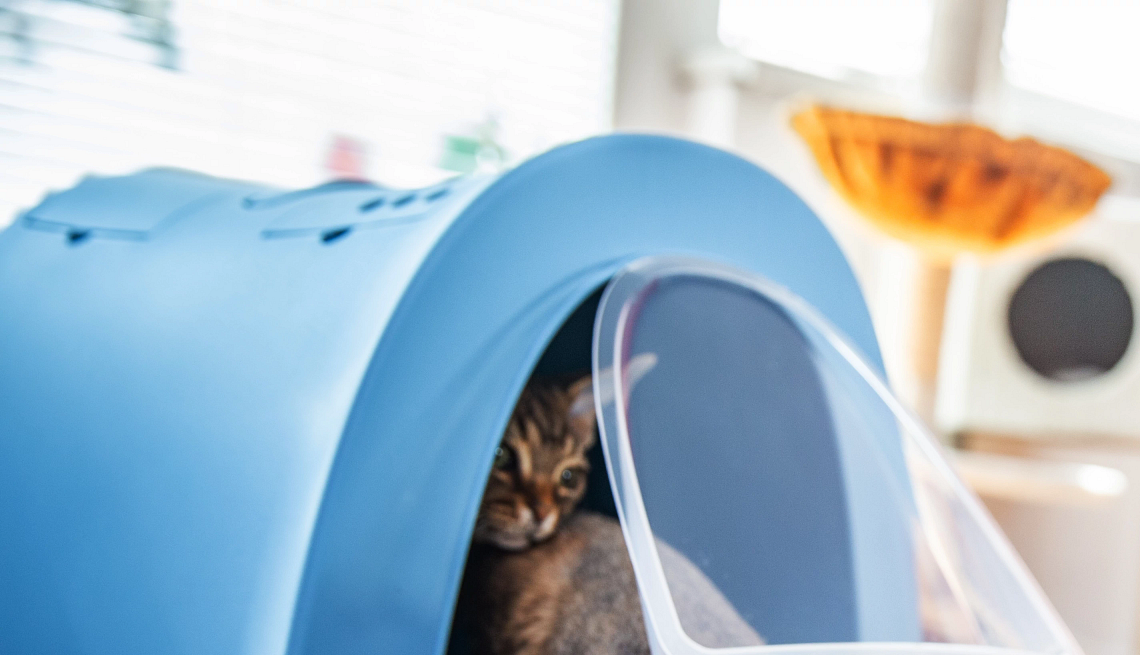

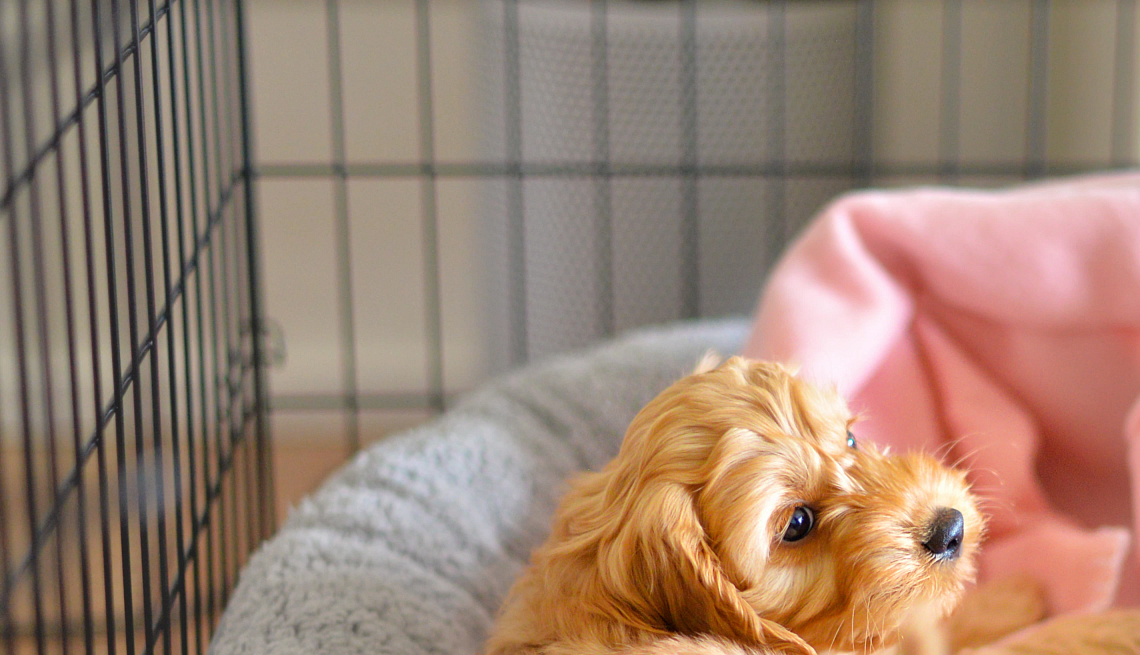
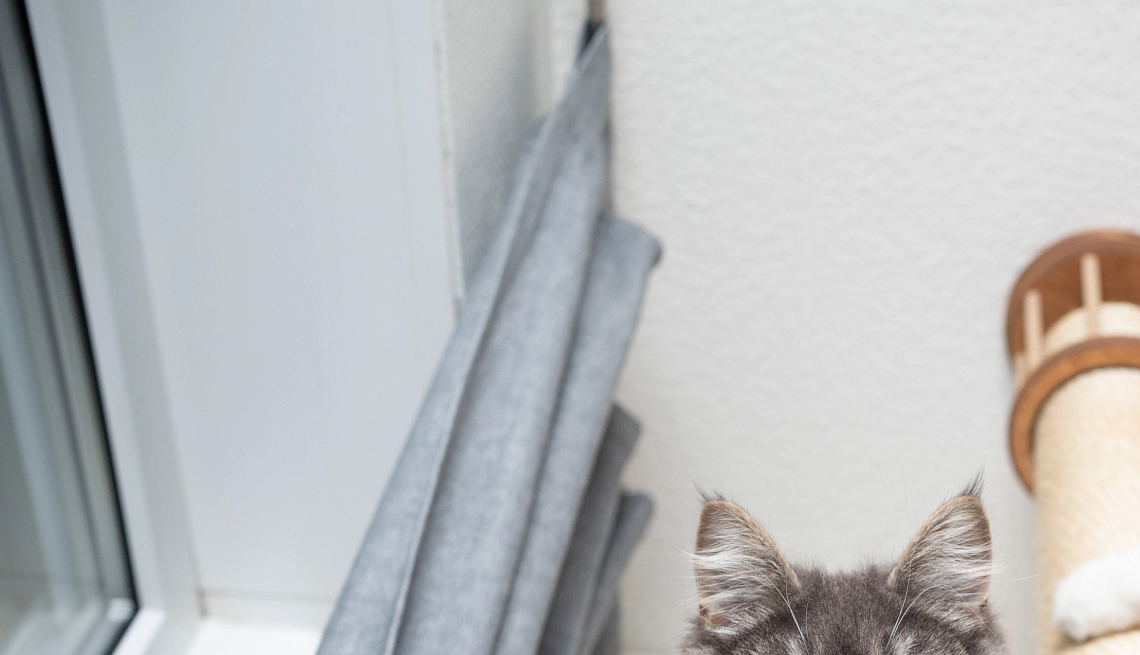



More From AARP
I Admit It: My Dog Drives Me Crazy
Confessions from a first-time pet ownerPet Dental Care: How to Keep Your Fur Baby’s Chompers Clean and Why You Need to
Veterinarians say oral health is just as important for dogs and cats as it is for their humans
Your Veterinarian May Be Using AI to Treat Your Pet. Is That OK?
Artificial intelligence can make difficult diagnoses quickly, but there are downsides. Here’s what to knowRecommended for You